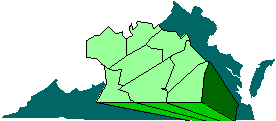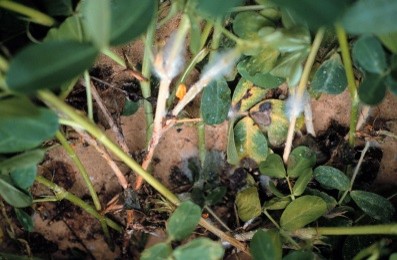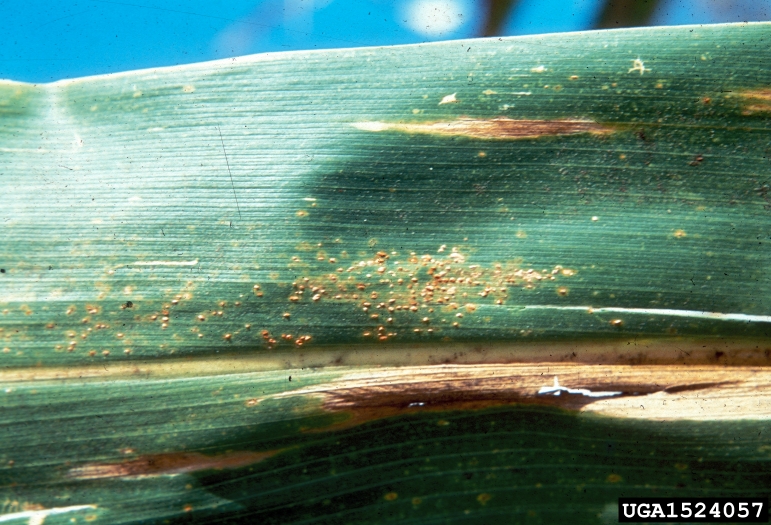Wheat in the southeastern portions of Virginia will start flowering soon if it has not already. Wheat is susceptible to scab (Fusarium head blight) from early flowering until approximately 10 days after first flower. An online scab risk assessment tool (www.wheatscab.psu.edu) provides information on relative risk of wheat infection by the scab fungus which also has the potential to contaminate grain with DON (vomitoxin). The risk model is based primarily on relative humidity during the 15 days prior to flowering since high moisture favors inoculum production by the scab fungus on crop residues. However, the model also takes into consideration variety resistance to scab. No wheat varieties have complete resistance (immunity) to scab, but commercially available varieties vary in their susceptibility. Current variety rankings for scab resistance can be found here:
Wheat variety rankings for scab resistance
If you do not know the relative susceptibility/resistance of your variety, it is probably best to err on the side of caution and assume that your wheat crop is susceptible or at least moderately susceptible to scab. Currently, the predicted scab risk for wheat that is flowering in Virginia is low for all but the most susceptible varieties. Dry weather is predicted after the current storm passes through, so scab risk will likely remain low to moderate over the next week. However, it is prudent to be prepared to apply a fungicide for scab management as the wheat crop approaches the flowering growth stage. Keep in mind the best management tactic for minimizing yield and quality losses to scab and DON is to plant resistant varieties and to make a properly timed fungicide application when wheat is in the susceptible growth stage (flowering) and weather conditions favor dispersal of the scab fungus.
If a fungicide is applied for scab, strobilurins should NOT be used as they may increase DON (vomitoxin) contamination of the grain if applied after flag leaf. Foliar diseases are starting to increase in some fields in Virginia, but if the wheat is at or near flowering, a strobilurin or premix fungicide containing a strobilurin is not recommended. Fungicides recommended for scab also provide very good to excellent control of common foliar diseases of wheat (see last week’s post), so a scab fungicide application may provide the added benefit of controlling leaf spots and rusts. The triazole fungicides Prosaro, Proline, and Caramba are the most effective fungicides for scab and should be applied at early to mid-flowering and up to one week later. For maximum efficacy, fungicides for scab and DON control should be applied with nozzles angled at a 30 degree angle from the horizontal using both front and back facing nozzles. This will ensure that the product is applied to the grain head rather than the leaves or the ground.
Growers, agents, and consultants can subscribe to the U.S. Wheat & Barley Scab Initiative’s (USWBSI) FHB Alert system at http://www.scabusa.org/fhb_alerts. Region-specific scab alerts that provide growers with updates during critical times are sent as emails and/or text messages.




